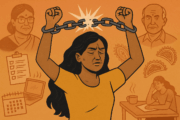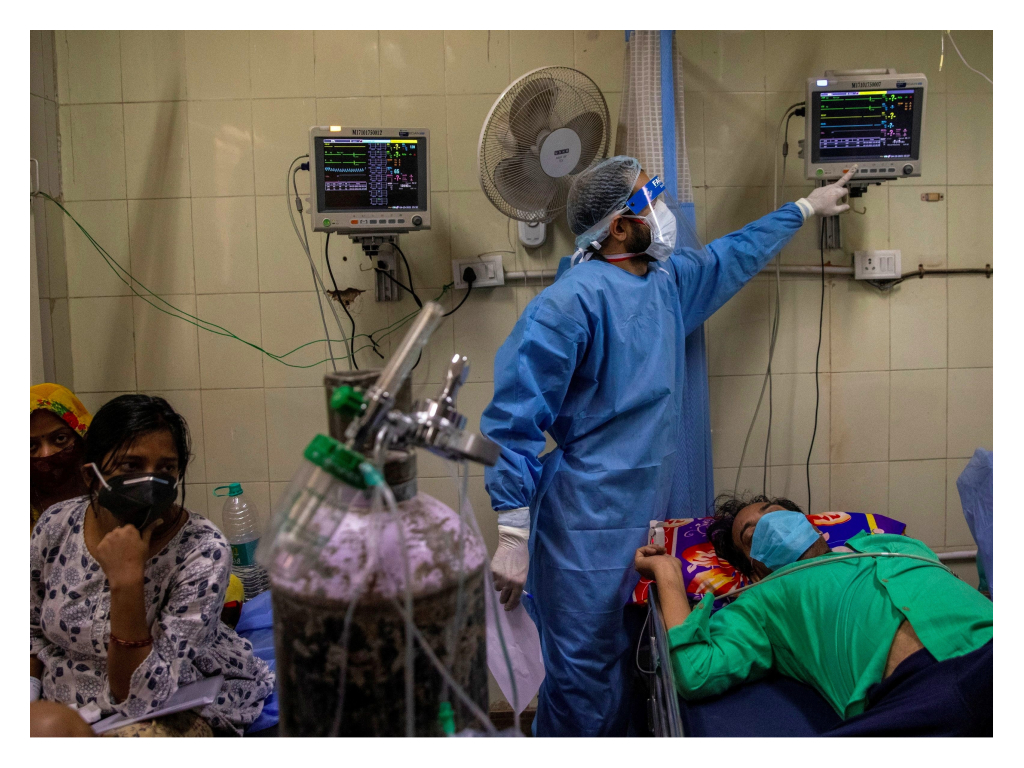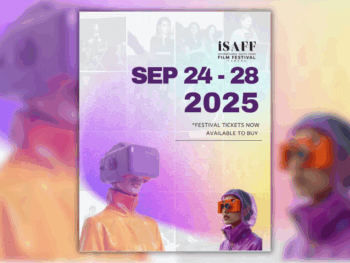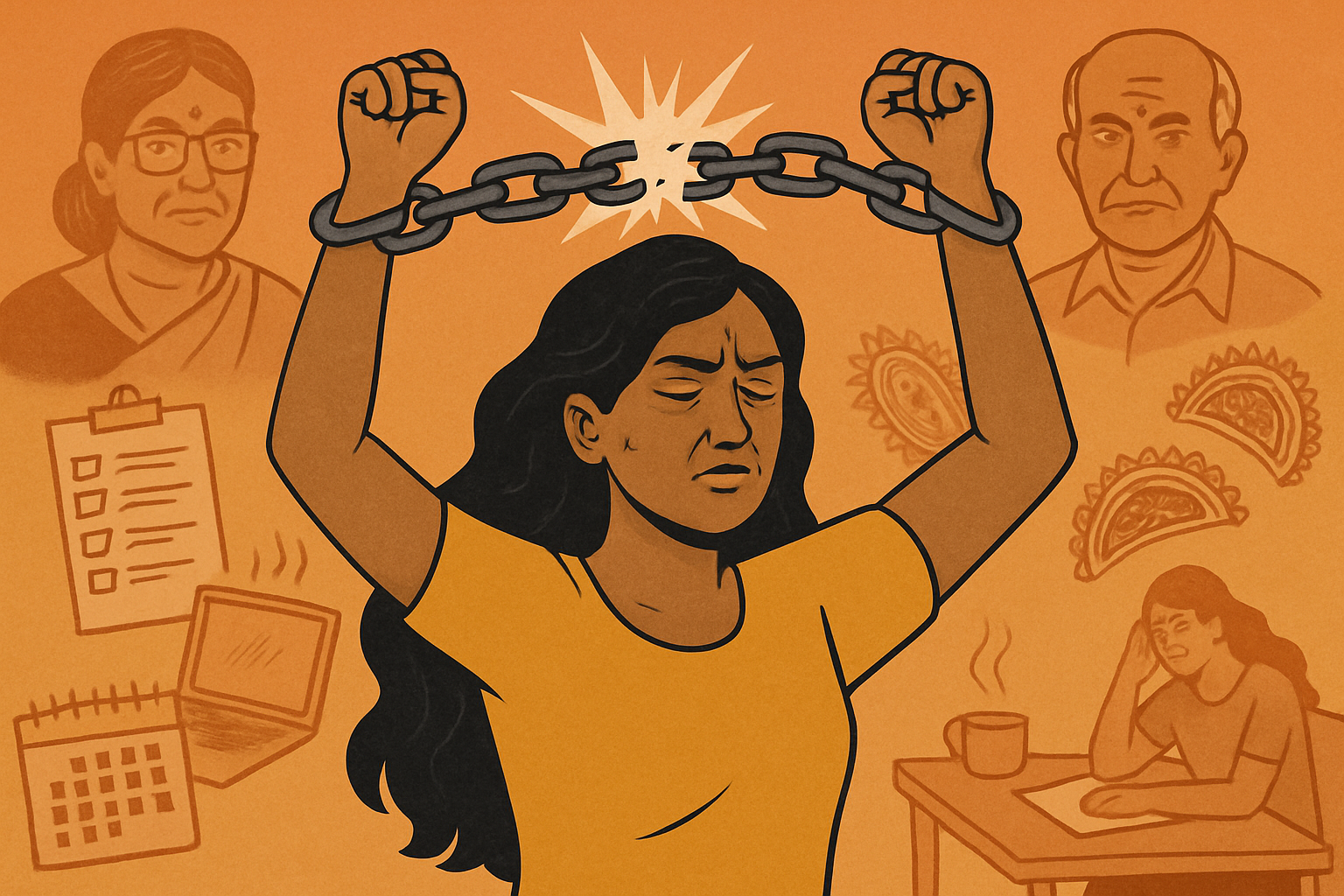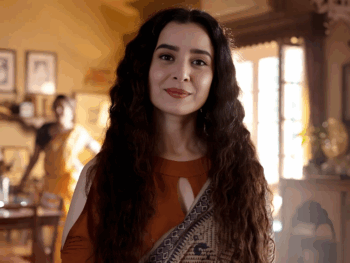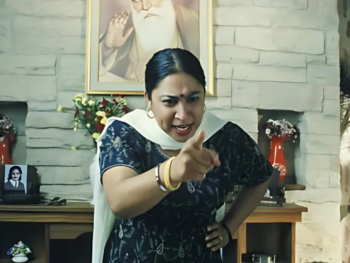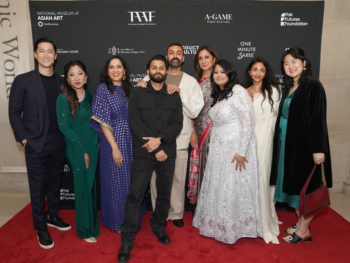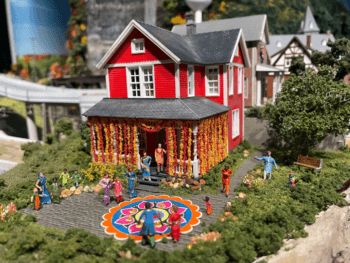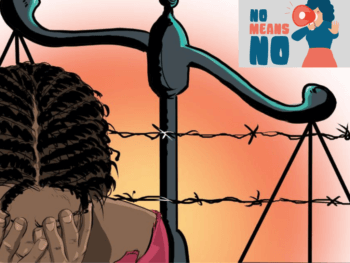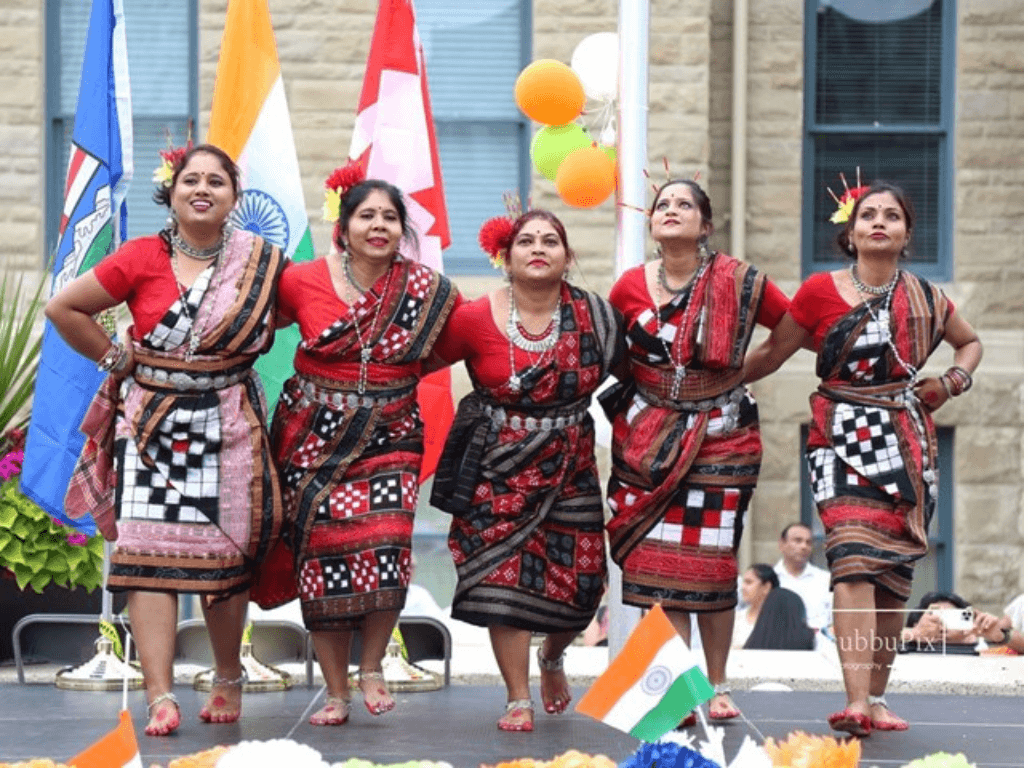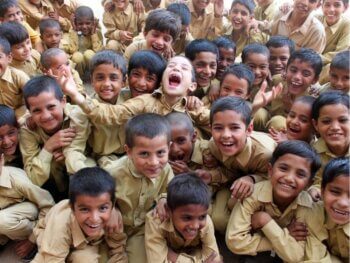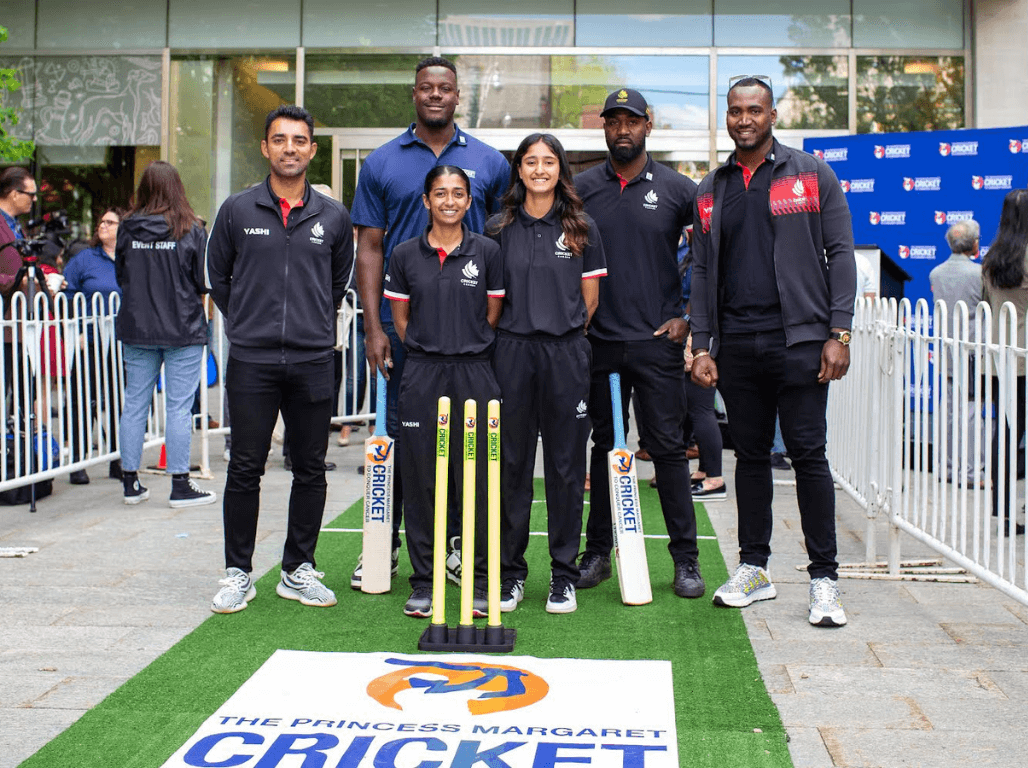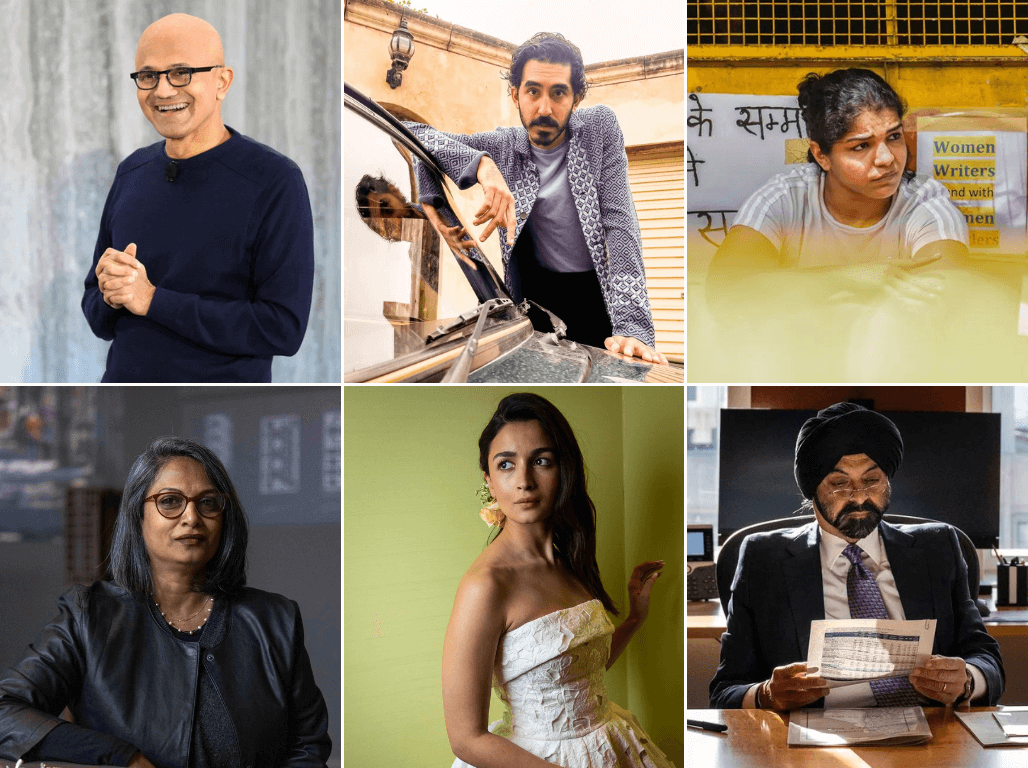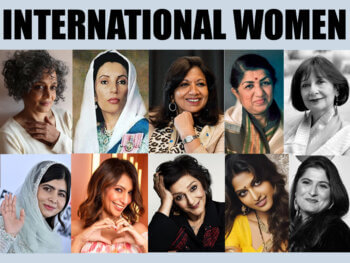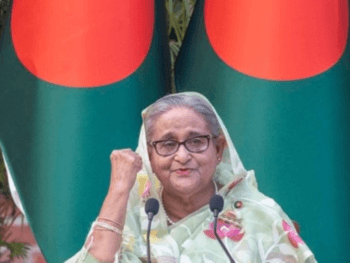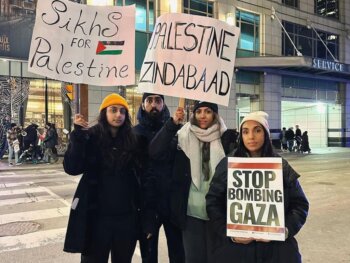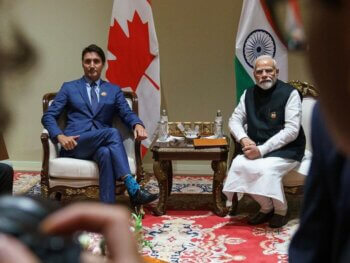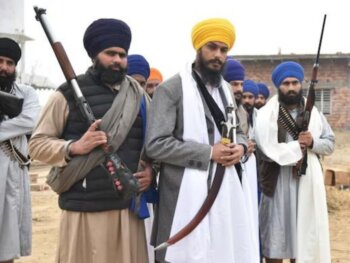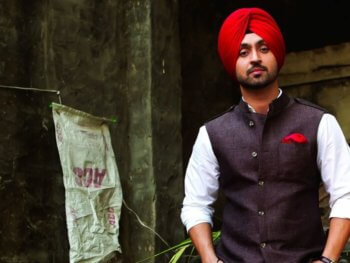India in the midst of a second wave of COVID-19 as cases are dramatically surging. Hospitals are running out of beds while oxygen supplies are running dangerously low. Seen as having round the curve earlier this year, it’s now clear that India is not experiencing a wave, but full blown storm.
It seemed that India was able to avoid the brunt of deaths during the first wave. With various experts opining on how India, the largest democratic country in the world with a population of approximately 1.3 billion people was able to keep their case count and related death count at a reasonable level. Could it be that the large demographic being under 40 was saved by the original COVID-19 variant which threatened the 50+ population. Long term homes which have been one of the key hotspots in Europe and the West doesn’t exist in India where multi-generational houses are the norm. Or maybe the country was able to reach herd immunity just by chance.
Earlier this year, India thought they were in the clear. Theatres were opening up again, sport stadiums were packed, while tens of thousands flocked to various religious festivals and political rallies (for 10 elections that were held) took place all across the country. And then everything changed in March.
The second wave started on the 10th of February with India confirming 11,000 cases in 24 hours. The rest of the month the average cases hit 22,000. By March the daily average hit 89,000. By mid-April the country was reeling with approximately 200,000 cases a day.
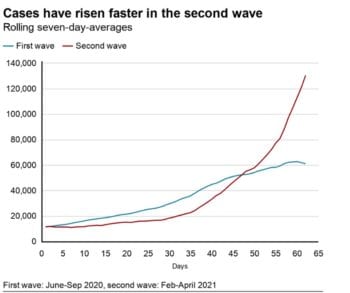
That sudden skyrocketing of cases has put incredible pressure on the country’s healthcare system. People (both patients and doctors) would go to Twitter and plea for help. Beds have become scarce and now the country is dealing with another tragedy: a nationwide shortage of oxygen.
Those who are suffering from COVID-19 are being turned away from numerous hospitals due to lack of supply in beds and healthcare workers. Ambulances carrying patients are waiting for hours in the hopes of being able to admit their patient to an available hospital. In Ahmedabad, Gujarat, ambulances are left helpless outside the largest COVID facility due to lack of oxygen. People who can’t get to an ambulance are left dying at home.
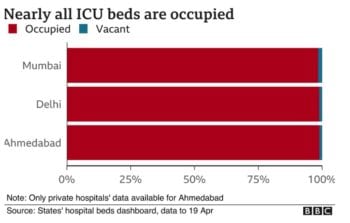
“On Friday in the northern city of Lucknow, Vinay Srivastava, a 65-year-old journalist, shared his falling oxygen levels on Twitter, tagging government authorities for help, reported by The New York Times. “Overburdened hospitals and laboratories wouldn’t take calls from his family. The last tweet from Mr. Srivastava’s handle described his oxygen saturation level at 52, way below the 95 percent, which is considered normal. Nobody helped. He died on Saturday.”
In Bhopal, residents there noted they have not seen so many cremations taking place since Union Carbide tragedy in 1984, where the gas leak killed 5,000 people.
Delhi, the nation’s capital with 18 million citizens has only 40 ICU beds available to them.
And that’s just the major cities. In a country where over 70% of the residents live in rural and small towns, their healthcare capacity is relatively unknown, alarming experts who are saying that the second wave is now headed towards there. During the first wave, the rural areas were hit first. Now with the second wave it seems that all the urban areas are in the crosshairs.
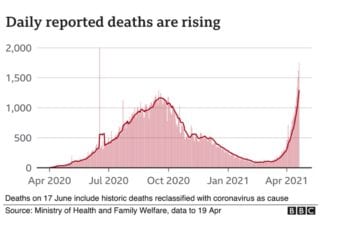
According to a study by the The Lancet Global Health, India has approximately 15.3 million cases since the pandemic started with approximately 180,000 deaths. Studies have shown that each case corresponds to approximately 30 more infections.
In Uttar Pradesh, India’s most populous state with 240 million people (bigger than the population of Pakistan and Brazil) their healthcare system is collapsing. It currently has over 191,000 active cases and that along with the rest of the case count in the country, is generally viewed by experts as woefully underreported.
While Delhi currently in lockdown for a period of 10 days, it’s clear that it may not be enough. A vaccine shortly is also threatening hoped of being able to come out of this. Even though India (in addition to UK and USA) are able to produce their own vaccines due to their robust vaccine production capabilities, therefore not reliant on export from other countries, they are running short. Vaccine accessiblity is also an issue, where to date only just over 1% of the nation’s population is vaccinated. At this rate it will be the end of 2022 when the country will have 70% of their population vaccinated thereby reaching her immunity.
In Varanasi “Mr Kapoor said when he took his mother’s body to the cremation ground, he encountered a “lashon ka dher” — a pile of bodies,” The BBC reported. “The cost of wood for the pyre has gone up three times and the wait for a spot for cremation has risen from 15-20 minutes to five-six hours.”
Along with the scarcity of beds especially in the ICU departments in the hospitals nationwide, oxygen supply is also dire.
On Twitter Dr. Kamna Kakkar a frontline healthcare worker from Rohtak, India tweeted: “If things come down to this, doctors are going to be at the recieving end of all patient wrath. As much as I pray for Delhi patients’ lives, I pray for the safety of my colleagues.”
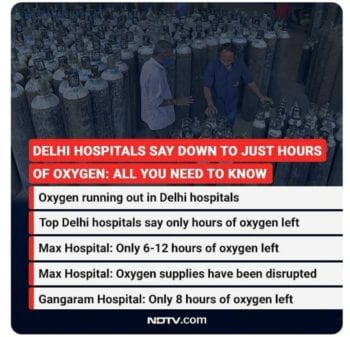
Overnight another casualty happened. Others have resorted to social media with pleas of help. At Zakir Hussain hospital in Nashik, Maharashtra an accident occurred while a tanker was refilling the hospitals oxygen supply. The leak resulted in ventilators for numerous patients not working for 30 minutes. This resulted in the death of 22 patients in the hospital.
While others are pleading for help on social.
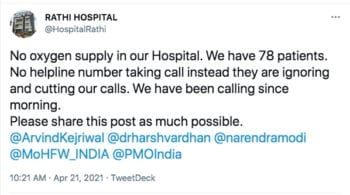
As India fights a brutal second wave of COVID-19, the fight for oxygen cylinders in the country is turning desperate https://t.co/XTj67PPsAo pic.twitter.com/PxOAevAahq
— Reuters (@Reuters) April 21, 2021
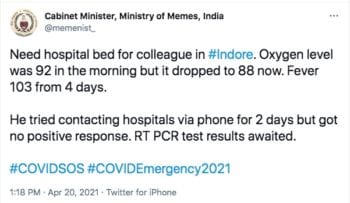
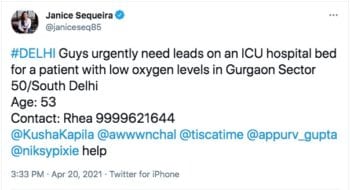
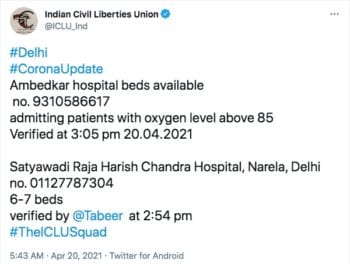
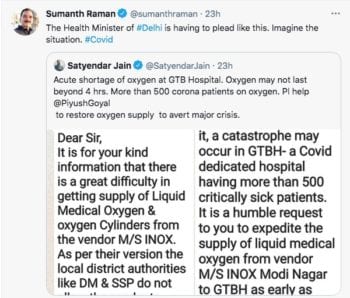
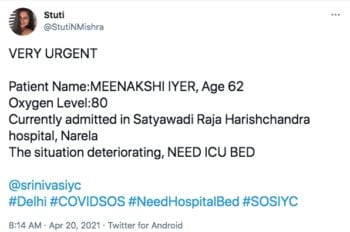
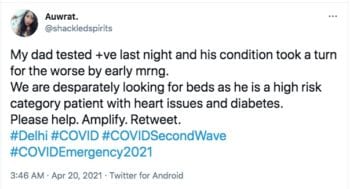
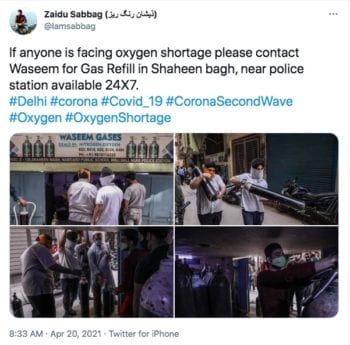
In an attempt to lift spirits up, Oscar-winning musician A.R. Rahman released a video for his latest song “Hum Haar Nahin Maanenge” (We will not be defeated) which is the perfect mantra for the citizens of India.
Main Image Photo Credit: www.twitter.com
Hina P. Ansari
Author
Hina P. Ansari is a graduate from The University of Western Ontario (London, Ontario). Since then she has carved a successful career in Canada's national fashion-publishing world as the Entertainment/Photo Editor at FLARE Magazine, Canada's national fashion magazine. She was the first South Asian in...






